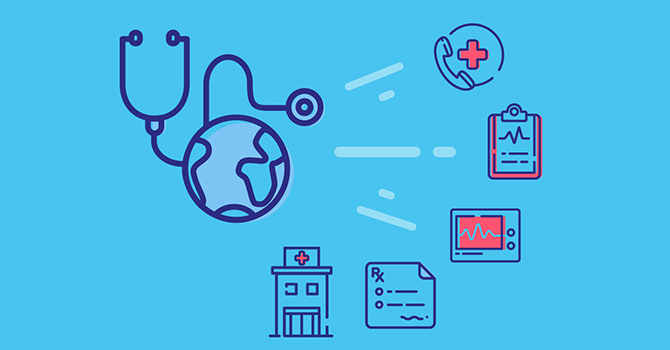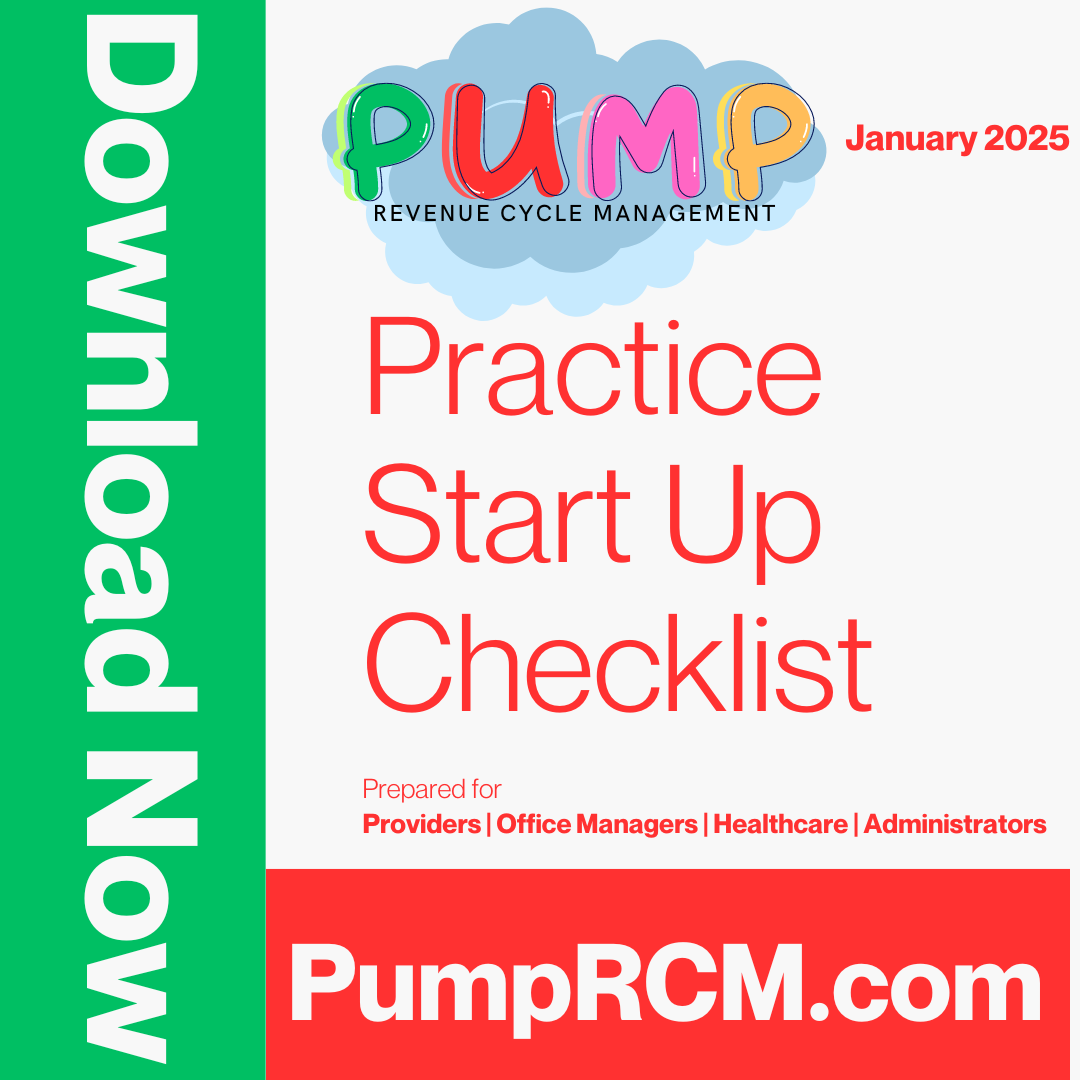Comprehensive Healthcare RCM for Improving Client Invoicing and Repayments
A Comprehensive Overview on How Medical Care RCM Functions to Improve Invoicing and Collections
Browsing the intricacies of healthcare income cycle administration (RCM) is critical for suppliers aiming to enhance their invoicing and collections procedures. The guide unpacks the complexities of RCM, from person enrollment to receivables monitoring, offering insights right into optimizing each step. Integrating advanced technology and standard procedures can substantially minimize insurance claim denials and increase repayment cycles. Yet, real obstacle exists in seamlessly combining these elements to boost cash money flow. As we discover the core parts and approaches that drive performance, one concern continues to be: how can health care entities ideal position themselves to prosper monetarily in an ever-evolving industry?
Understanding Earnings Cycle Management
RCM is an essential management feature that includes the whole financial procedure of individual treatment, from the initial appointment setting to the last payment of the equilibrium. It is an intricate procedure made to recognize, accumulate, and handle the income from the services offered to people.
The RCM procedure starts when a patient timetables a visit and extends with the client's care trip, including payment and collections. A crucial objective is to reduce the time in between offering a solution and getting settlement, hence enhancing the company's economic health. RCM includes different functions such as client registration, insurance policy confirmation, cost capture, coding, claims submission, payment publishing, and taking care of rejections and allures.
Trick Components of RCM
In the world of Revenue Cycle Management (RCM), comprehending its crucial elements is essential to accomplishing financial performance within healthcare organizations. RCM is a thorough process that encompasses numerous phases, each crucial to ensuring effective invoicing and collections. The key components include client enrollment, insurance policy confirmation, charge capture, coding, claim submission, settlement posting, and accounts receivable administration.


When coded, cases are sent to payers, where precision is extremely important to avoid hold-ups or denials - Healthcare RCM. Settlement uploading involves recording the received repayments, which permits for the reconciliation of accounts. Finally, receivables monitoring focuses on monitoring and dealing with unpaid cases, guaranteeing prompt follow-up and resolution
Each part of RCM is interconnected, and inefficiencies in any type of part can interrupt the entire cycle. Therefore, mastering these aspects is important for doctor to enhance revenue and boost their financial health.
Approaches for Effective Billing

Standardizing billing procedures across the organization is another crucial method. Establishing clear standards for documentation, coding, and entry assists maintain uniformity and compliance with regulatory needs. Educating staff on a regular basis on these procedures ensures every person is updated with the most current changes in payment codes and payer policies.
Exact fee capture is important in avoiding earnings leak. Executing normal audits and tracking systems permits the identification go to website and improvement of inconsistencies prior to they impact earnings. Furthermore, keeping open lines of communication with payers aids to quickly settle any type of disagreements or misunderstandings that might develop.

Lastly, appealing patients early in the billing procedure by providing clear quotes and instructional products regarding their financial duties can considerably reduce confusion and improve settlement timeliness. These methods collectively add to an extra effective and economically healthy billing system.
Enhancing Collections Procedures
A durable collections procedure is crucial for keeping monetary security within healthcare companies. Provided the intricacies of clinical billing and the selection of payer requirements, improving the collections procedure involves applying strategic procedures that make certain timely and precise settlement of solutions rendered. Central to this is making use of modern technology to automate and improve procedures, lowering hand-operated mistakes and boosting performance. Automation devices can assist in tracking claim conditions, sending out prompt suggestions to clients, and handling rejections better.
Clear and clear patient interactions are vital. Giving thorough explanations of costs and using adaptable settlement strategies can boost client satisfaction and punctual settlements.
Routine audits of the collections process ought to be carried out to identify areas for enhancement and make sure conformity with policies. By assessing data, healthcare companies can determine imp source trends, prepare for possible issues, and adjust strategies as necessary (Healthcare RCM). Ultimately, a well-enhanced collections procedure not just supports economic health however additionally adds to an extra seamless experience for patients and personnel alike
Optimizing Revenue Streams
Building upon the foundation of a strong collections procedure, medical care organizations can additionally strengthen their financial stability by purposefully optimizing income streams. This includes a multi-faceted approach, beginning with a thorough analysis of existing revenue sources to determine ineffectiveness and locations for development. Employing advanced data analytics devices enables organizations to get understandings into payer mix, patient demographics, and service application patterns, allowing for data-driven choices that enhance profits capture.
Implementing automated invoicing systems can considerably lower errors and expedite claims processing, ensuring that earnings is collected a lot more successfully. Furthermore, enhancing payer contracts via normal arrangements can boost repayment prices and terms, directly influencing the lower line. Diversifying service offerings, such as including telehealth or wellness programs, can also bring in a more comprehensive client base, therefore enhancing revenue possibility.
One more vital element is improving client engagement and complete satisfaction, as pleased clients are more probable to follow treatment plans and make prompt settlements. Using flexible payment alternatives and transparent invoicing methods can enhance collections and foster client loyalty. Healthcare RCM. By taking on these techniques, health care companies can produce great site a more durable financial structure, guaranteeing continual growth and security in an ever-changing sector landscape
Conclusion
Finally, healthcare Profits Cycle Monitoring (RCM) plays a critical role in maximizing billing and collections processes by incorporating vital components such as person enrollment, insurance confirmation, charge capture, coding, claims entry, and accounts receivable monitoring. By employing advanced technology, standardizing treatments, and promoting individual engagement, healthcare service providers can dramatically decrease insurance claim denials, speed up payment cycles, and boost cash money circulation. This extensive technique to RCM ultimately results in enhanced economic efficiency and sustainability for healthcare companies.
The RCM process starts when an individual routines a consultation and expands through the client's care journey, consisting of payment and collections.An additional important element is boosting client engagement and contentment, as completely satisfied individuals are a lot more likely to stick to treatment plans and make timely repayments. Offering versatile settlement choices and transparent billing techniques can boost collections and foster patient commitment.In conclusion, medical care Profits Cycle Monitoring (RCM) plays a crucial role in optimizing billing and collections procedures by incorporating key elements such as person registration, insurance verification, charge capture, coding, asserts entry, and accounts receivable monitoring. By using advanced modern technology, standardizing procedures, and cultivating patient interaction, health care companies can significantly decrease case rejections, speed up settlement cycles, and improve cash circulation.